Beer is one of the oldest and most widely consumed alcoholic drinks in the world, and the third most popular drink overall after water and tea. Beer is brewed from cereal grains, most commonly from malted barley, though wheat, maize, and rice are also used. Take a look below for 30 more fun and interesting facts about beer.
1. During the brewing process, fermentation of the starch sugars in the wort produces ethanol and carbonation in the resulting beer.
2. Most modern beer is brewed with hops, which add bitterness and other flavors and act as a natural preservative and stabilizing agent.
3. In commercial brewing, the natural carbonation effect is often removed during processing and replaced with forced carbonation.
4. Some of humanity’s earliest known writings refer to the production and distribution of beer: the Code of Hammurabi included laws regulating beer and beer parlors, and “The Hymn to Ninkasi,” a prayer to the Mesopotamian goddess of beer, served as both as a prayer and as a method of remembering the recipe for beer in a culture with a few literate people.
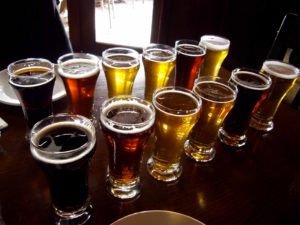
5. Beer is distributed in bottles and cans and is also commonly available on draught, particularly in pubs and bars.
6. The brewing industry is a global business, consisting of several dominant multinational companies and many thousands of smaller producers ranging from brewpubs to regional breweries.
7. The strength of modern beer is usually around 4% to 6% alcohol by volume, although it may vary between 0.5% and 20%, with some breweries creating examples of 40% ABV and above.
8. Beer forms part of the culture of many nations and is associated with social traditions such as beer festivals, as well as a rich pub culture involving activities like pub crawling and pub games such as bar billiards.
9. Cenosillicaphobia is the fear of an empty beer glass.
10. The world’s longest hangover lasted 4 weeks after a Scotsman consumed 60 pints of beer.
11. The strongest beer is the world has a 67.5% alcohol content.
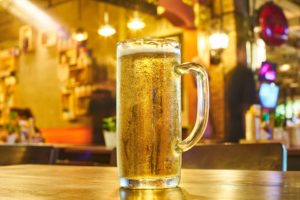
12. Amsterdam pays alcoholics in beer to clean streets: 5 cans of beer for a day’s work, plus 10 euros and tobacco.
13. Beer was not considered an alcoholic beverage in Russia until 2013.
14. Until the 1970s in Belgium, table beer was served in schools refectories.
15. At the Wife Carrying World Championships in Finland, the first prize is the wife’s weight in beer.
16. There’s a beer brewed from bananas in Africa.
17. The Wat Pa Maha Chedi Kaew temple in Thailand was constructed with 1 million bottles of Heineken and a local beer.
18. More Guinness beer is drunk in Nigeria than Ireland.
19. There is some evidence that beer was produced at Gobelki Tepe during the Pre-Pottery Neolithic.
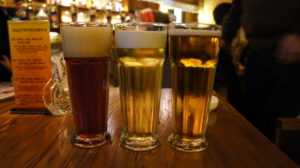
20. The earliest clear chemical evidence of barley beer dates to about 3500 to 3100 BC, from the site of Godin Tepe in the Zagros Mountains of western Iran. It’s possible, but not proven, that it dates back even further, to about 10,000 BC when cereal was first farmed.
21. Beer is recorded in the written history of ancient Iraq and ancient Egypt, and archaeologists speculate that beer was instrumental in the formation of civilizations.
22. During the building of the Great Pyramids in Giza, Egypt, each worker got a daily ration of four to five liters of beer, which served as both nutrition and refreshment that was crucial to the pyramids’ construction.
23. Xenophon noted that during his travels, beer was being produced in Armenia.
24. Beer was spread through Europe by Germanic and Celtic tribes as far back as 3000 BC, and it was mainly brewed on a domestic scale.
25. Some breweries have developed beers to pair with food. Wine writer Malcolm Gluck disputed the need to pair beer with food, while beer writers Roger Protz and Melissa Cole contested that claim.
26. In Argentina, political parties have their own brands of beer.
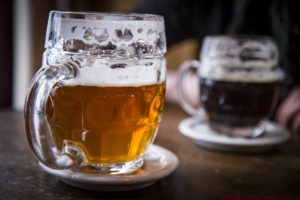
27. Norway’s first aircraft hijacks was resolved after the hijacker surrendered his weapon in exchange for more beer.
28. When scientist Niels Bohr won the Nobel Prize in 1922, the Carlsberg brewery gave him a perpetual supply of beer piped into his house.
29. In 1963, Albert Heineken created a beer bottle that could also be used as a brick to build sustainable housing in impoverished countries.
30. As a rule of thumb, darker and bitter beers have higher alcohol content.

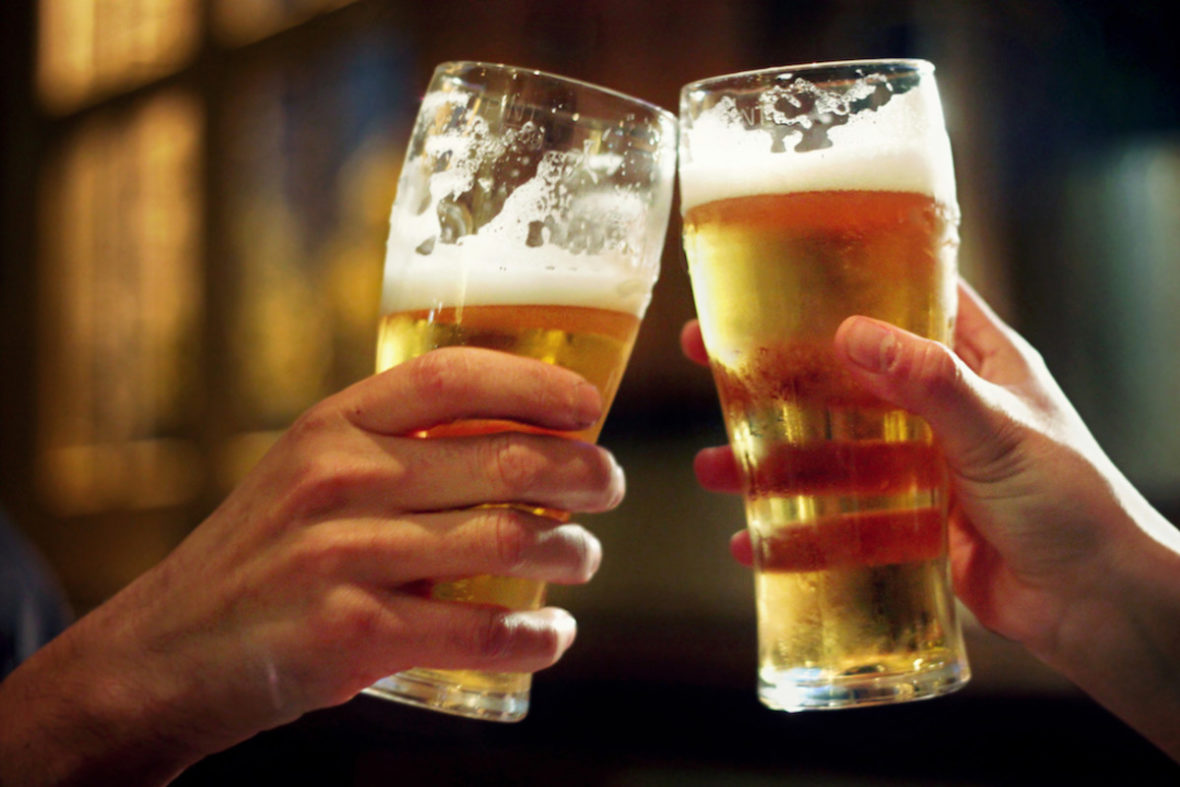
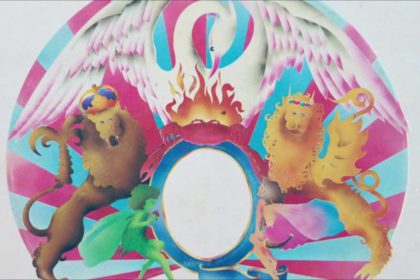

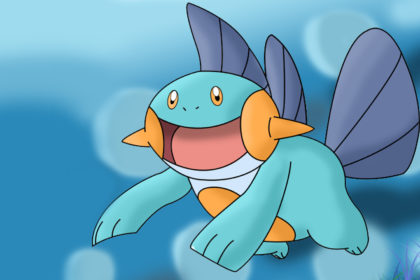
One Comment
Pingback:
March 16, 2018 at 1:22 pm